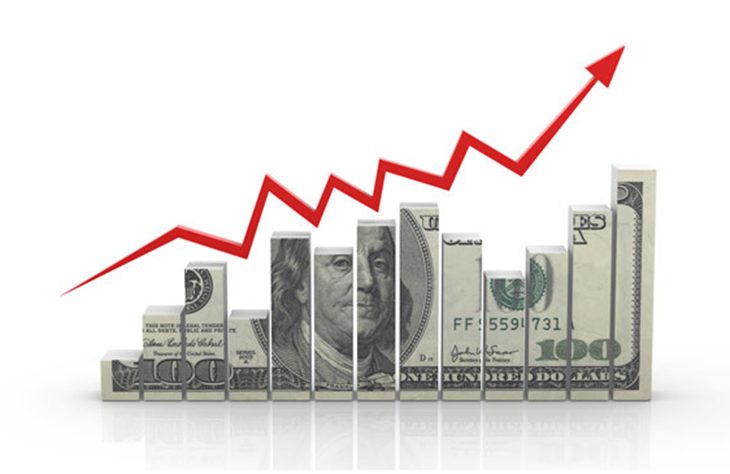3rd July 2024
What is Commercial Real Estate ?
- Commercial real estate refers to any property used for business activities.
- These properties are designed to generate income through leasing or operating a business Office Spaces, Retail Spaces , Industrial Properties, Health care Facilities, Hospitability Properties, Multi family Properties and Special Purpose Properties whereas Residential real estate is used exclusively for private living quarters.
- These properties are designed for individuals, families, or groups to live in and are not intended for commercial or business purposes.


The Trends of Interest Rates in the previous year’s:
- Pre-2008 Financial Crisis
1990s to Early 2000s: The Federal Reserve (Fed) maintained relatively stable interest rates, with occasional increases to curb inflation and decreases to stimulate growth.
- Early 2000s The Fed lowered rates significantly following the 2001 recession and the 9/11 attacks, reaching a low of 1% by 2003 to spur economic growth.
- Post-2008 Financial Crisis
2008 Financial Crisis*: In response to the financial crisis, the Fed slashed the federal funds rate to near-zero (0-0.25%) by December 2008 to support the economy.
- 2008-2015: Interest rates remained near zero during this period as the Fed engaged in quantitative easing (QE) to stimulate economic recovery.
Gradual Rate Increases (2015-2019)
- 2015-2018: The Fed began gradually raising interest rates from near-zero levels, reaching 2.25-2.50% by the end of 2018. This period of normalization aimed to prevent the economy from overheating and to control inflation.
COVID-19 Pandemic
- 2020 In response to the economic impact of the COVID-19 pandemic, the Fed cut interest rates back to near zero (0-0.25%) in March 2020 and implemented various measures to support the economy.
Post-Pandemic Recovery and Inflation Concerns
- 2021-2023
As the economy recovered and inflationary pressures increased, the Fed began raising interest rates again to curb inflation. By the end of 2023, the federal funds rate had risen to levels around 5%.
Current Trends (2024)
2024: Interest rates remain elevated as the Fed continues to focus on managing inflation and ensuring economic stability. The specific rate levels and trends depend on ongoing economic data, inflation trends, and other macroeconomic factors.
Overall, the interest rate trend in the U.S. reflects the Fed’s dual mandate to promote maximum employment and stable prices, responding to varying economic conditions over time.
1. Increased Borrowing Costs: Higher interest rates lead to increased costs of financing for commercial real estate projects. This can deter new investments and development as the cost of capital rises, making projects less economically viable.
2. Property Values: As borrowing costs increase, potential buyers may find it more difficult to finance purchases, leading to decreased demand for commercial properties. This can result in lower property values. Additionally, the higher cost of capital can reduce the present value of future cash flows from commercial properties, further depressing prices.
3. Refinancing Challenges: Property owners with existing loans may face challenges when refinancing their debt. Higher interest rates mean higher monthly payments, which can strain cash flows, particularly for properties with thin profit margins.
4. Cap Rates: Capitalization rates (cap rates), which are used to value commercial properties, tend to rise with interest rates. A higher cap rate indicates a lower property value for a given income level, reflecting increased investment risk and higher required returns.
5. Investor Behavior: Higher interest rates can shift investor preference towards less risky assets. For instance, investors may favor bonds and other fixed-income securities, which offer better returns in a high-interest-rate environment, over commercial real estate investments.
6. Tenant Demand: Higher interest rates can slow economic growth, potentially reducing demand for commercial space. Businesses may delay expansion or downsize to cut costs, leading to higher vacancy rates and downward pressure on rents.
7. Construction and Development: The cost of new construction and development financing increases with higher interest rates, which can slow down the pace of new projects. Developers may delay or cancel projects due to the higher cost of capital and uncertain economic conditions.
Overall, raising interest rates generally has a cooling effect on the commercial real estate market, affecting property values, investment activity, and development.



